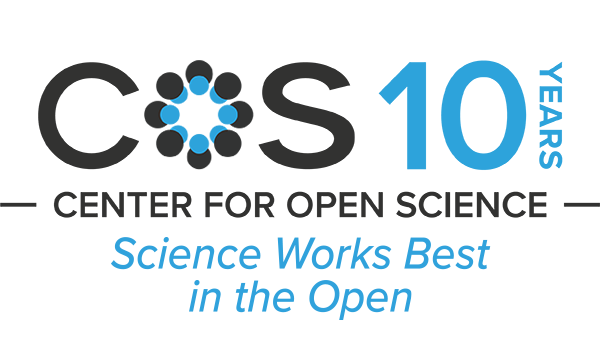The Nuclear Energy Agency (NEA) has published an interesting report* on its research into how nuclear regulators and nuclear power plant operators influence each other’s safety culture (SC). This is a topic that has not received much attention in the past. We will summarize the report and then provide our perspective on it.
To begin, the report’s authors are aware of the power imbalance between the regulator and the licensee. They recognize the regulator’s actions will be more directive and authoritative than the licensee’s. In addition, one of the regulator’s goals is (or should be) to reinforce the licensee’s accountability for safety and strengthen its SC.
That said, there is still the potential for influence to flow in both directions. The desired end state is “a reciprocal, co-operative style of interaction, characterised by respect, openness and trust, with a shared focus on safety and learning.” (p. 9)
How the regulator influences licensee SC
The regulator exhibits certain characteristics (called “enablers”) that create the framework for interactions with the licensee. The enablers are the regulatory regime (including structure, policies, rules, processes, and practices), the regulator’s technical capability, and its leadership and management. The interactions with the licensee include communications, organizational and personal relationships, and the regulator’s behavior. The key points here are that the regulatory regime should be predictable and consistent and the regulator’s behavior must exhibit safety as a core value.
An important aspect of the regulator-licensee relationship is that while the regulator may pull many different levers to influence the licensee’s SC, the regulator must maintain sufficient distance from the licensee to maintain the confidence of the public and politicians in the regulator’s independence. The regulator needs a “Goldilocks” approach, avoiding a prescriptive role that evidences toughness but can diminish the licensee’s sense of accountability for safety while not appearing to be a victim of regulatory capture.
Another characteristic of the regulator is its own feedback loop, i.e., its ability to learn and improve its performance based on experience. If it’s successful, then the regulator’s influence on the licensee, including its SC, may increase; if the regulator can’t or won’t learn and adapt, then its influence on the licensee may actually decrease over time.
How the licensee influences the regulator’s SC
The licensee also has enablers and interactions which appear as a mirror image of the regulator’s. The licensee’s enablers are also the regulatory regime, and licensee’s technical capability, leadership, and management. A big difference is the licensee is more of a “taker” of the regulatory regime although the licensee may have significant, meaningful input into the development of regulatory policies and rules.
The licensee’s interactions with the regulator also include communications, organizational and personal relationships, and the licensee’s behavior. The licensee mainly influences the regulator by the licensee’s actions – the way it communicates and reacts to the regulator’s inquiries, requests, orders, and other actions. The extent to which licensee actions exhibit a strong SC (e.g., a questioning attitude, focus on safety, conservative decision making, and a commitment to safety) will most likely positively affect the regulator’s response and attitudes.
The licensee also has the ability (or inability) to learn and improve its performance based on experience. Self-assessments are a major way the licensee demonstrates to the regulator its commitment to continuous improvement.
One overarching objective of the licensee is to get the regulator to affirm the licensee’s commitment to safety. This is vital for establishing and maintaining positive relationships with the licensee’s stakeholders, i.e., the customers, ratepayers, politicians, and investors (if any) in the external environment. “The licensee benefits from the public being assured of the independent scrutiny applied by the regulatory body.” (p. 28)
Our perspective
While the regulator-licensee mutual influence relationship may not have been studied much, the process of mutual adaptation where one entity simultaneously adapts to and causes changes in another entity is well-known in many fields including business and the social sciences.
There is no surprise that the regulator seeks to influence/strengthen a licensee’s SC; it’s part of the regulator’s job. What’s interesting in this report is the cataloging of the various types of interactions that may result in such influence.
The licensee’s influence on the regulator is more informal, i.e., it’s not backed by any actual authority. On the other hand, if the licensee is more technically competent and squared away than the regulator, it would be difficult to ignore such a role model.
Going to the heart of the matter, how much can/does the licensee affect the regulator’s SC? Through its interactions, including constructive criticism, the licensee can affect the regulatory regime – the direction and content of policies and rules, and the relative harshness of the regulator’s oversight practices – but does that really move the needle on the regulator’s SC? You be the judge.
At best, the regulator and the licensee serve as positive role models for one another.
We applaud the authors for repeatedly asking readers to think holistically and systematically about the regulator-licensee relationship and the socio-legal-political environment in which that relationship exists. They recognize that the larger system has many stakeholders, with competing as well as common interests. We have been proponents of systems thinking since the inception of Safetymatters.
Bottom line: This is a good case study of an under examined social phenomenon. It also has descriptions of desirable SC characteristics sprinkled throughout the text.
* Nuclear Energy Agency, “The Mutual Impact of Nuclear Regulatory Bodies and License Holders from a Safety Culture Perspective,” OECD Publishing, Paris (2024). The NEA is a part of the Organization for Economic Cooperation and Development (OECD).







